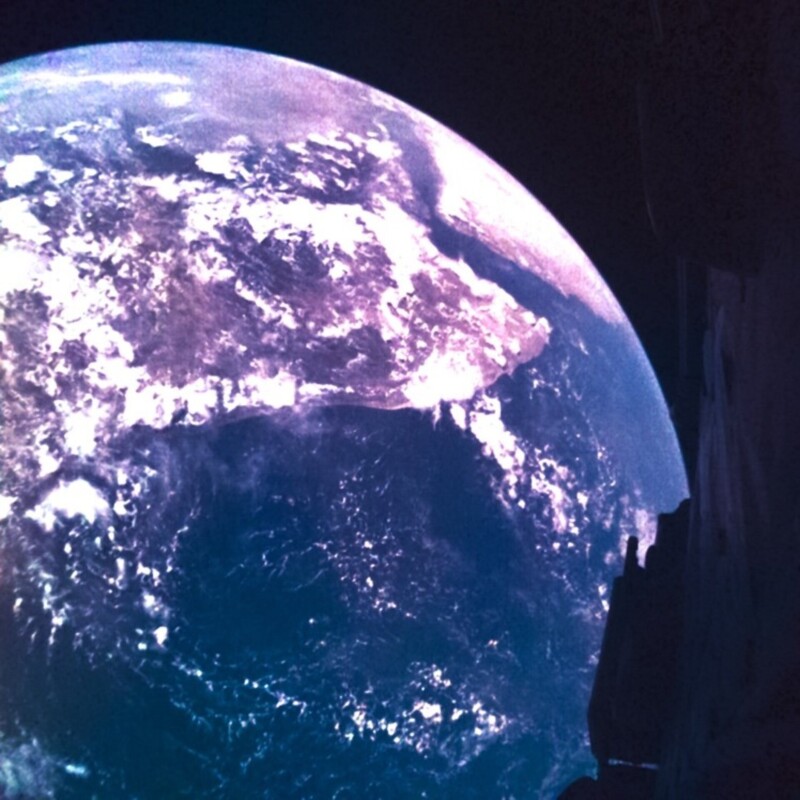Jupiter Probe Sends Back Earth Selfies as it Embarks on 12-Year Mission

A space probe that will explore Jupiter and its moons beamed back farewell selfies with planet Earth in situ hours after it was successfully launched on Friday.
Jupiter Icy Moons Explorer, or Juice for short, used its monitoring cameras located on the spacecraft’s body to beam back the goodbye images as it sails toward Jupiter — a trip that will take eight years.
The European Space Agency (ESA) mission was launched from Europe’s Spaceport in French Guinea on April 14 and the images were captured in the hours afterward.
![]()
The 1024×1024 photos of Earth are partially obscured by Juice and were lightly processed with a “preliminary color adjustment.”
While it’s always a pleasure to see fresh photos of planet Earth taken from space, it’s not what Juice is designed for. The space probe has higher-resolution cameras on board which will capture images of Jupiter and its icy moons once it reaches the Jovian system in 2031.
![]()
What is Juice Hoping to Achieve?
In the coming days, it will continue to deploy operational antennas and instrument booms before performing a series of gravity-assisted flybys around Earth, the Moon, and Venus as it slingshots itself toward Jupiter.
Juice’s task is to look closely at Jupiter’s three icy moons: Ganymede, Callisto, and Europa. The probe has a remote sensing and geophysical instrument suite to characterize the moons that scientists suspect of harboring liquid oceans beneath the surface.
The mission will end in 2035 via a gravity-assisted collision into the surface of Ganymede.
We've got our first space #selfie images back from #ESAJuice from the two monitoring cameras! 🤩
1⃣ Leaving Earth
2⃣ Goodbye, goodbye
3⃣ Solar array deployed
4⃣ RIME antenna (stowed)More details for each image 👉 https://t.co/wq4WeqCI0K
3⃣ as gif 👉 https://t.co/oWM8oiS2N2 pic.twitter.com/3TYJutCKoI
— ESA's Juice mission (@ESA_JUICE) April 15, 2023
The monitoring cameras that took the photos of Earth will observe the Radar for Icy Moons Exploration (RIME) antenna which will be used to probe the structures beneath the moons’ icy surfaces, it will unfold in the coming days.
As noted by Gizmodo, it won’t be the last time Juice gets a good view of Earth as it will use the gravity of the Earth-Moon system to make flybys of the Moon, Earth, and Venus.
Image credits:ESA/Juice/JMC